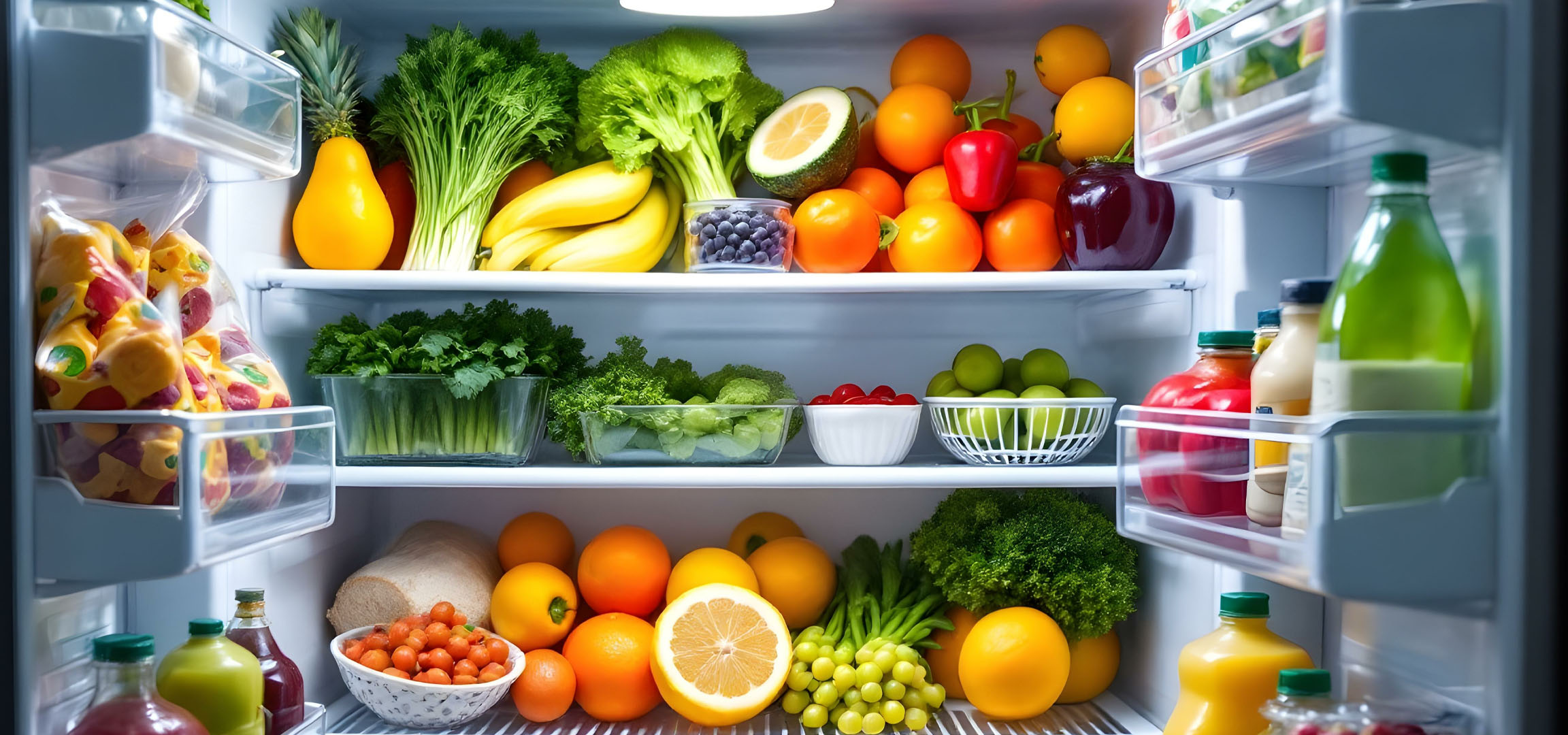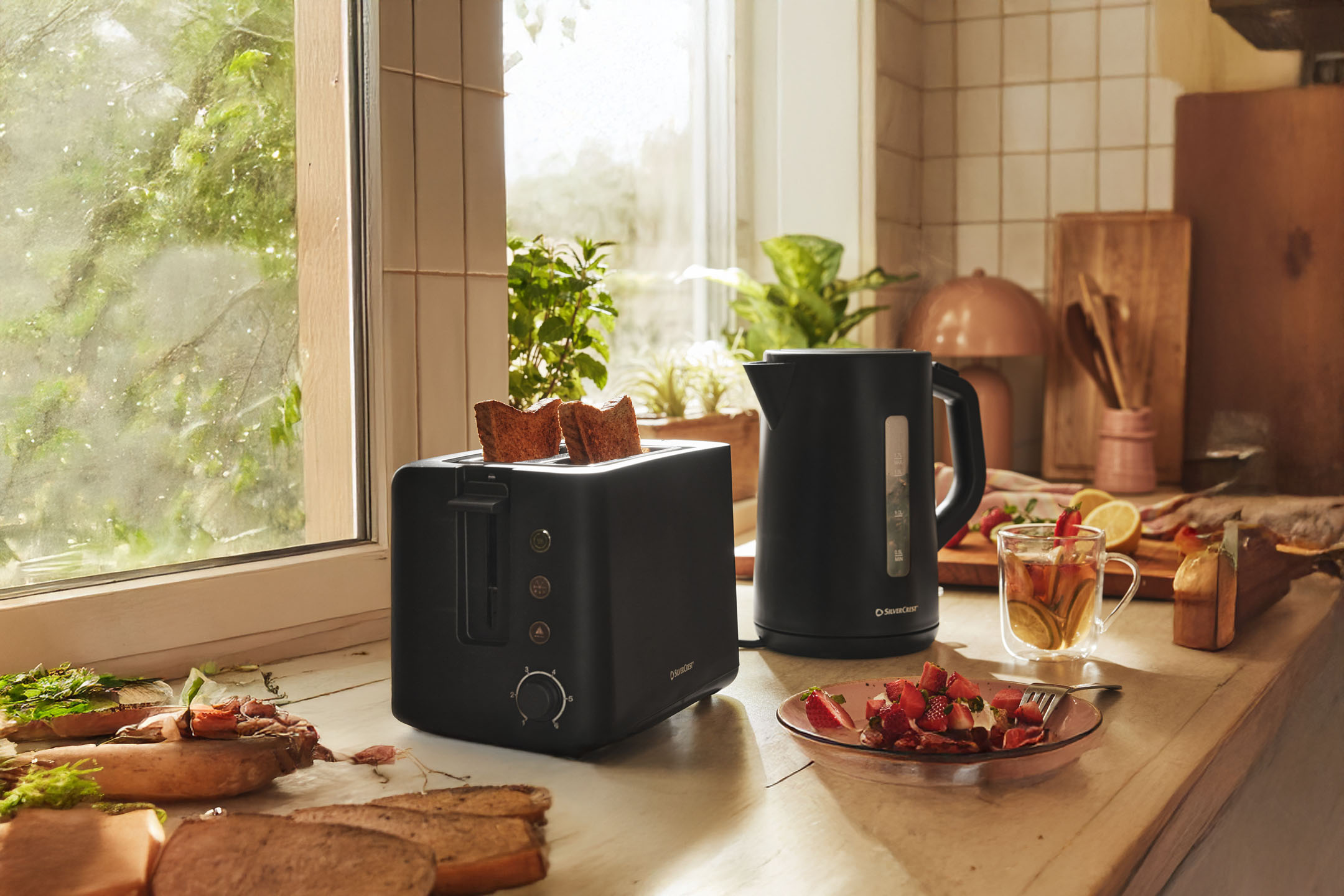In or out: Which fruit and vegetables should go in the fridge?
Fresh fruit and vegetables provide us with important vitamins and nutrients. However, only very few people have the opportunity and time to buy exactly the food needed for each meal before cooking. This is why the correct storage of fruit and vegetables is an essential part of any kitchen where fresh meals are regularly prepared.
If you don't have a large pantry, you often tend to simply put fresh produce in the fridge. After all, the cold keeps everything fresh for longer. Unfortunately, this is a misconception. Many types of fruit and vegetables are not suitable for storage in the fridge, while others need the cold to prevent them from spoiling immediately. However, storing fruit and vegetables correctly in the fridge is not particularly complicated if a few basic rules are followed.
Contents
- Why correct storage in the refrigerator is crucial
- Ethylene and its role in storing fruit and vegetables
- Storing vegetables correctly in the refrigerator
- Storing fruit correctly in the refrigerator
- Packing and storing cut fruit correctly
- Five tips for longer freshness
Why correct storage in the fridge is crucial
Some fruit and vegetables last longer and retain more flavour if they are stored properly in the fridge. The advantage is obvious: less food has to be thrown away, which is good for your wallet and good for the environment. In Germany alone, around 82kg of food is thrown away per person every year - spoilt fruit and vegetables make up a not insignificant proportion of this. Another advantage of correct storage is that many vitamins and other nutrients are sensitive to light and temperature and are quickly lost if stored incorrectly.
Ethylene and its role in the storage of fruit and vegetables
Anyone concerned with the shelf life and ripening process of fruit and vegetables will sooner or later come across the topic of ethylene. Ethylene is a gas that triggers the ripening process and therefore causes fruit and vegetables that come into contact with it to spoil more quickly. Cabbage in particular is sensitive to ethylene and has a much shorter shelf life. Fruit and vegetables that secrete particularly high levels of ethylene and should therefore be stored separately from other foods are, for example:
- apples
- avocados
- bananas
- pears
- broccoli
- cucumbers
- potatoes
- kiwis
- leeks
- nectarines
- peaches
- plums
- tomatoes
The effect of ethylene can of course also be used to your own advantage: For example, a ripe apple can be stored next to a green banana to speed up the ripening process of the banana.
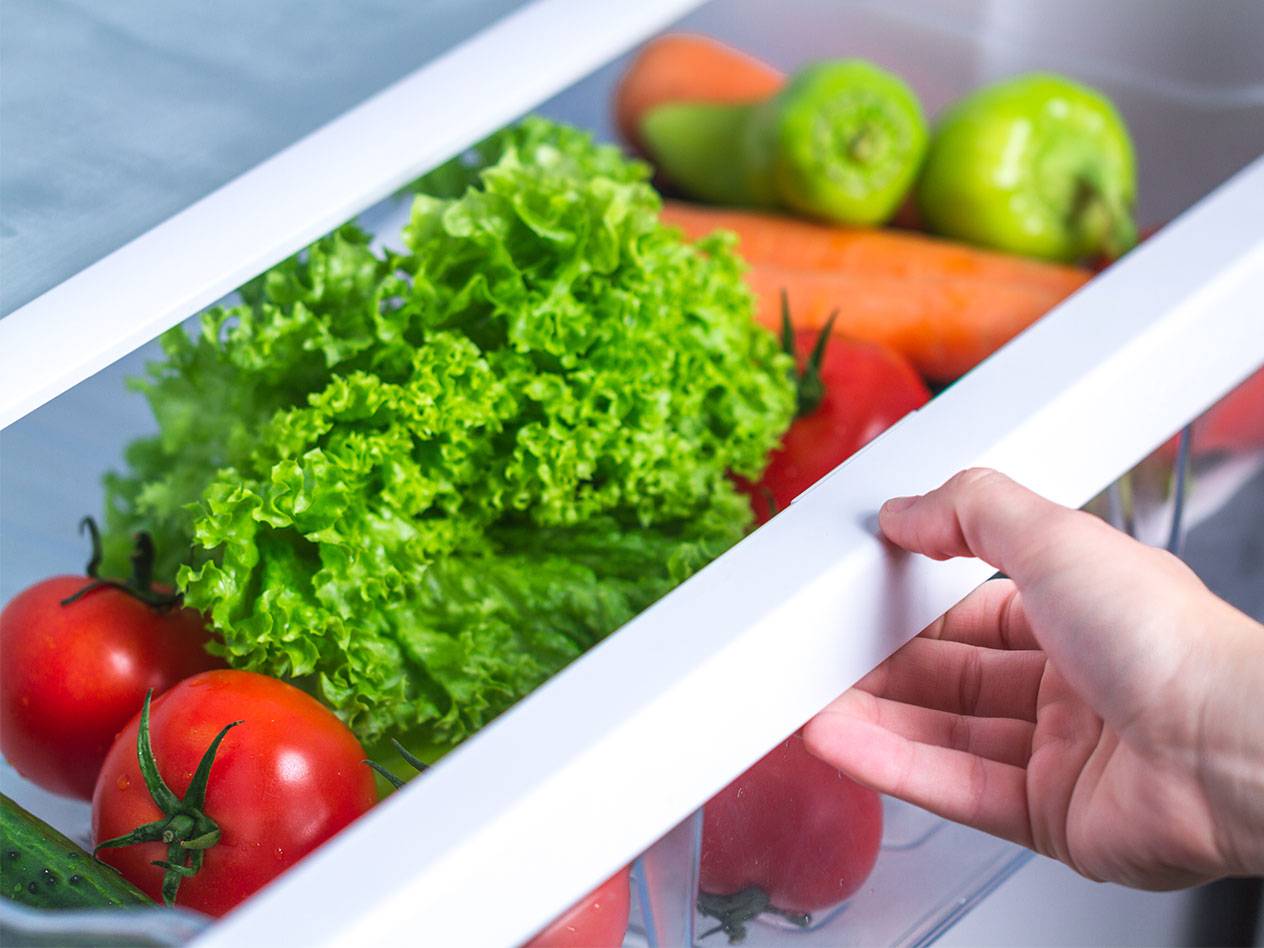
Storing vegetables correctly in the fridge
Leafy vegetables such as spinach in particular benefit from being stored in the fridge. However, other vegetables are also most likely to stay fresh and crisp at low temperatures. Classic vegetables such as tomatoes are often mistakenly stored in the vegetable drawer. However, they suffer from low temperatures and can best develop their flavour when stored at moderate temperatures.
They belong in the fridge:
- Artichokes
- Leaf lettuce (lettuce, lamb's lettuce, iceberg lettuce)
- Cauliflower
- Beans
- Broccoli
- Peas
- Spring onions
- Cabbage (red cabbage, Brussels sprouts, white cabbage, Chinese cabbage)
- Kohlrabi
- Swiss chard
- Radishes
- Beetroot
- Celery
- Asparagus
- Spinach
Do not belong in the fridge:
- Aubergines
- Potatoes
- Pumpkins
- Carrots
- Tomatoes
- Courgettes
- Onions
Asparagus should be wrapped in a damp cloth for storage in the fridge. Salads that still have a root can be preserved even longer with a small bowl of water. It is important that the leaves are not in the water - otherwise they will spoil.
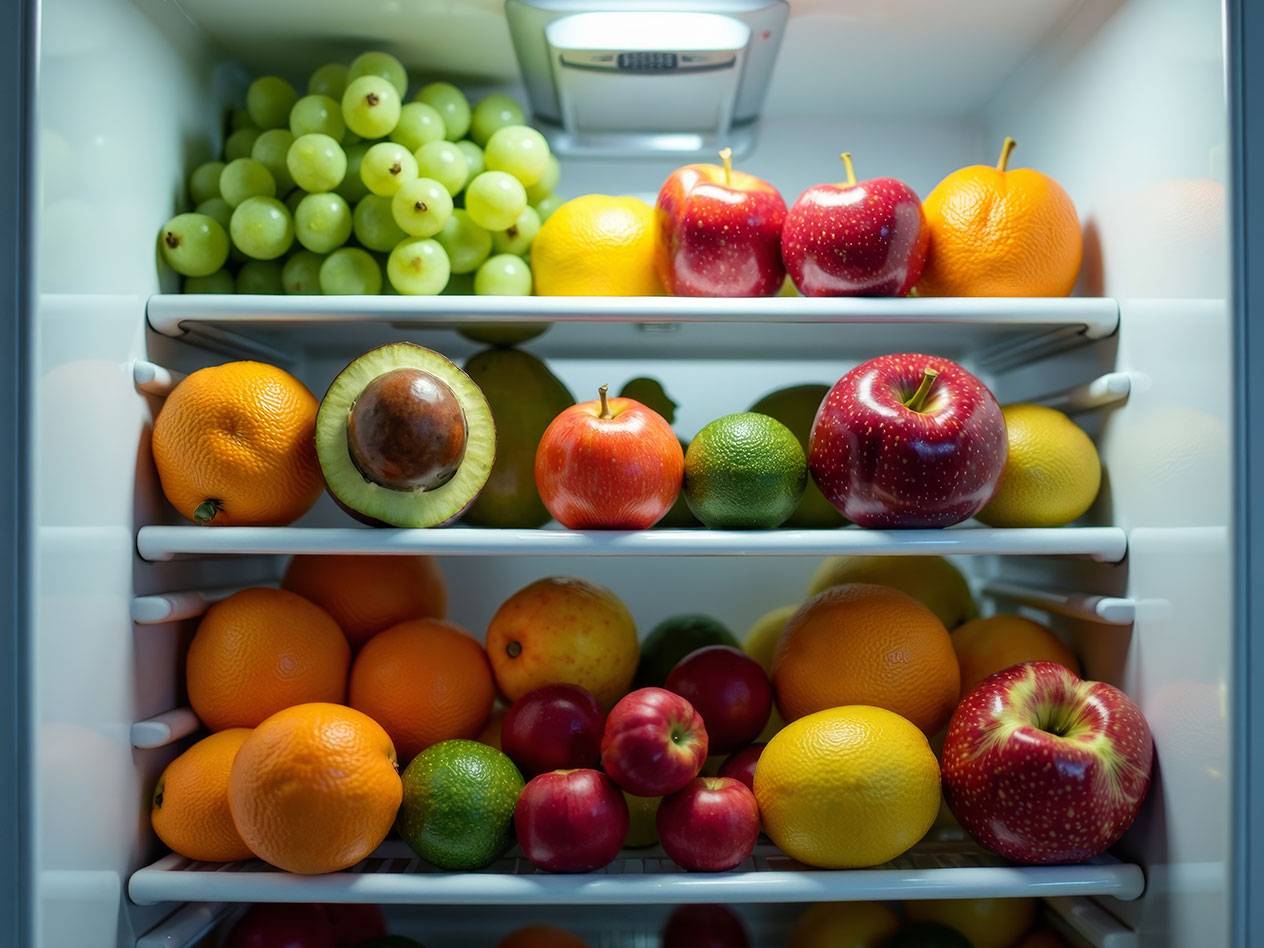
Storing fruit correctly in the fridge
The following rule of thumb applies to fruit: exotic fruits such as mangoes like it warm and should therefore not be stored in the fridge; domestic fruits, on the other hand, can tolerate the cold well. Apples can be stored both in the fridge and at room temperature. For stone fruit, the degree of ripeness is decisive for storage: ripe fruit belongs in the fridge and should be eaten as soon as possible - fruit that still needs to ripen is best kept at room temperature.
They belong in the fridge:
- Apples
- Soft fruit (strawberries, raspberries, blackberries)
- Kiwis
- Rhubarb
- Stone fruit (apricots, cherries, peaches, plums, damsons)
- Grapes
Do not belong in the fridge:
- Pineapples
- Bananas
- Mangoes
- Oranges
- Papayas
- Lemons and other citrus fruits
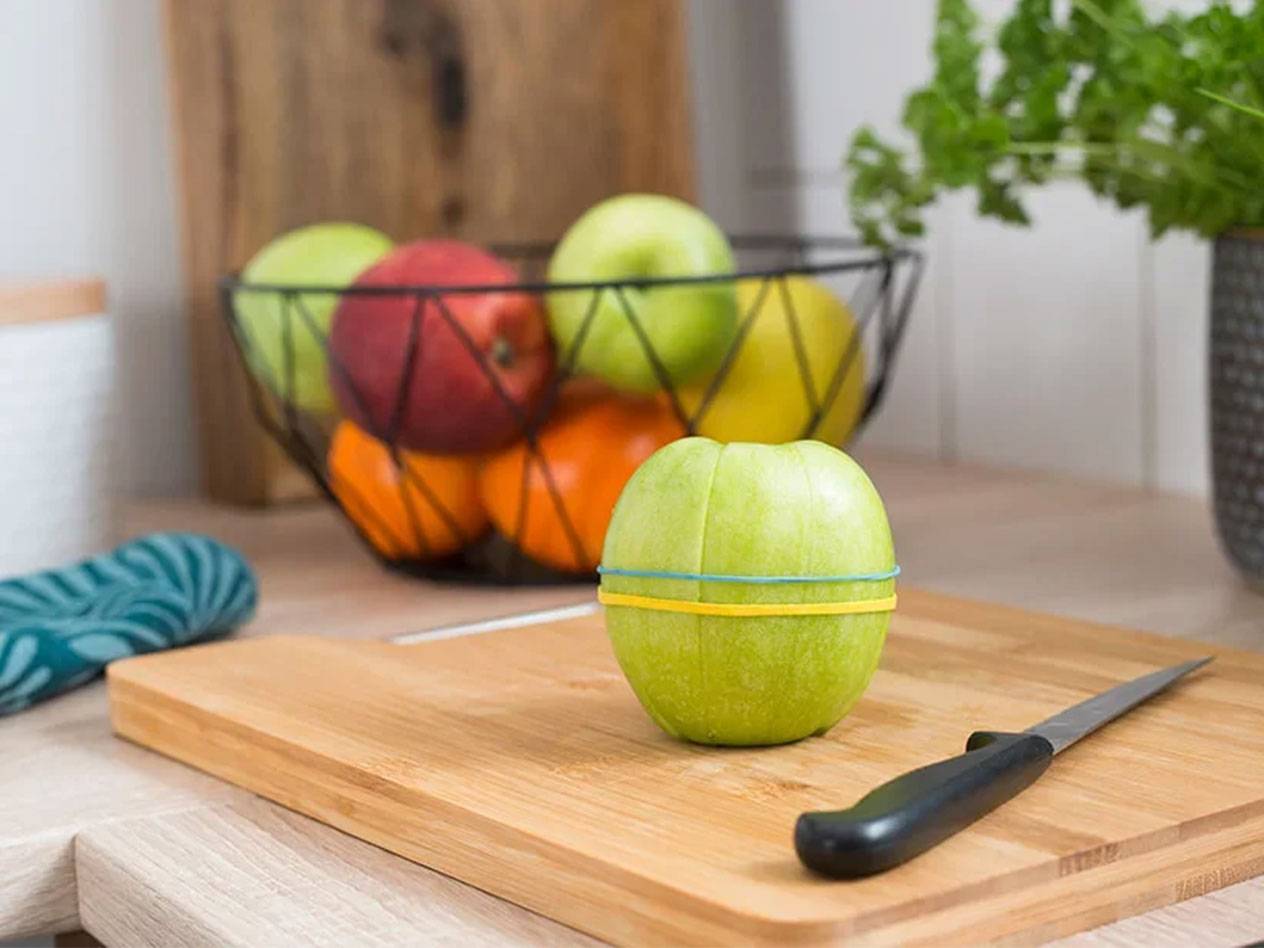
Packing and storing cut fruit correctly
Fruit is not always stored whole immediately after purchase. Sliced fruit also has its place in the fridge. Whether as preparation for breakfast muesli or as leftovers from baking a fruit cake, correct packaging and storage is crucial to ensure that cut fruit lasts as long as possible.
- Cut fruit should be stored in a well-sealed tin or covered with cling film.
- The less additional moisture there is in the container, the lower the risk of mould.
- Tins and boxes must therefore be dried well before use.
- An apple cut into quarters or eighths can be held together with a rubber band. This means that the slices have less contact with the air.
Using lemon juice to combat discolouration
When fruit comes into contact with oxygen, unsightly brown discolouration often forms on the cut surfaces. This has nothing to do with spoilage, but looks unappetising. To prevent discolouration, sprinkling with lemon juice helps.
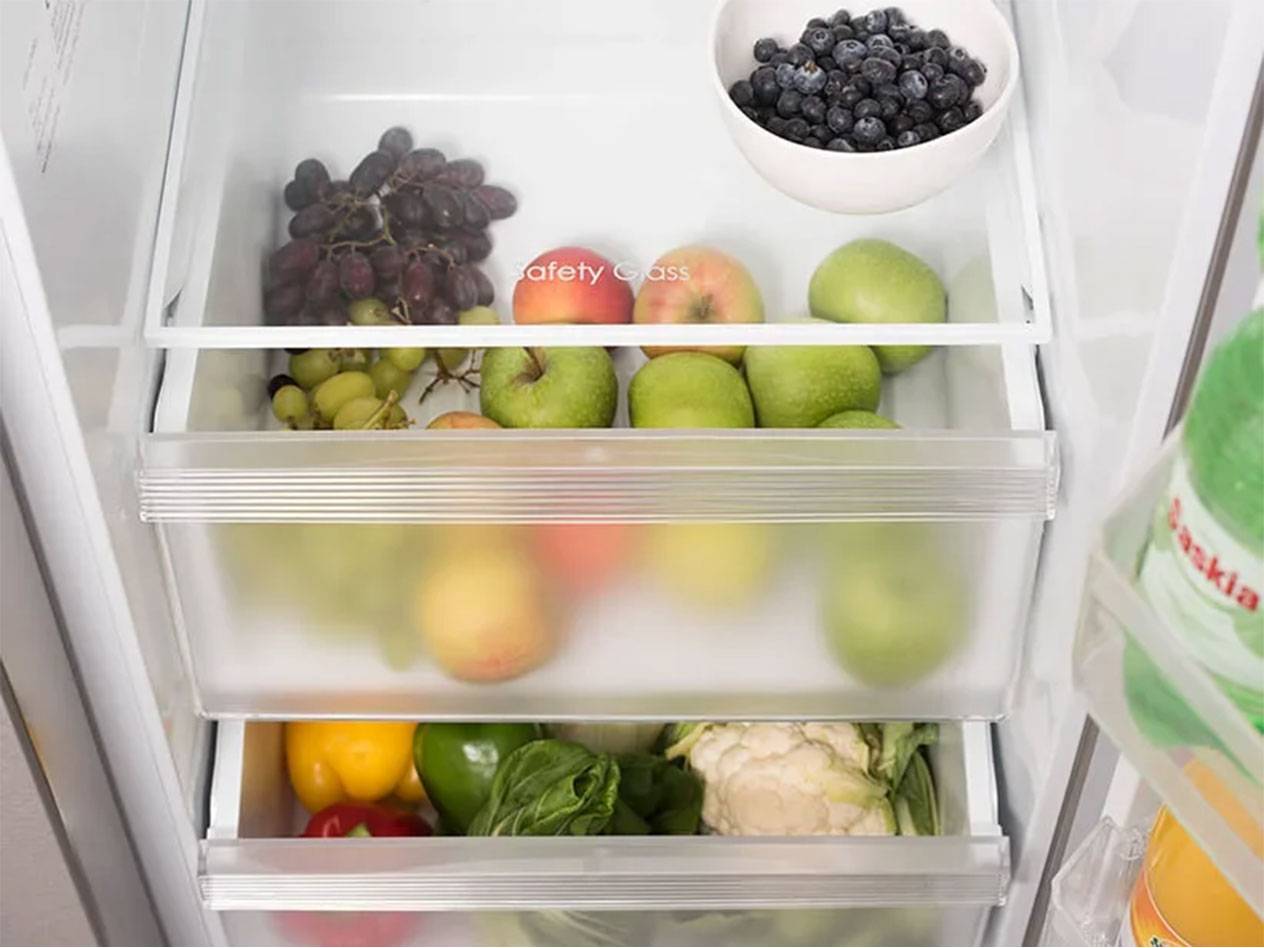
5 tips for longer freshness
Tip 1: If possible, fruit and vegetables should be stored separately. The different requirements and the emission of ethylene make joint storage unattractive.
Tip 2: Ideally, soft fruit should be stored in foil and should touch each other as little as possible. Otherwise mould spores can spread quickly.
Tip 3: If possible, fruit and vegetables should only be washed and cut shortly before consumption in order to maximise their shelf life.
Tip 4: Vegetables such as carrots or radishes stay fresh for longer if the green leaves are removed.
Tip 5: Onions should always be stored individually, as many types of fruit and vegetables quickly take on their flavour.
